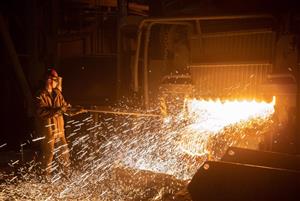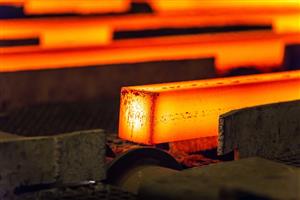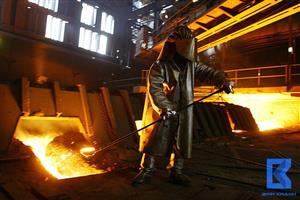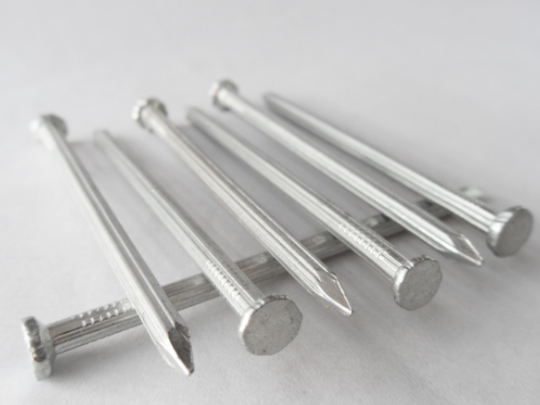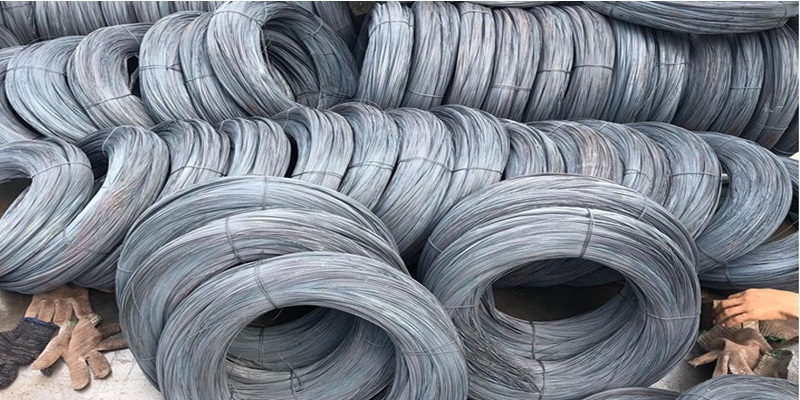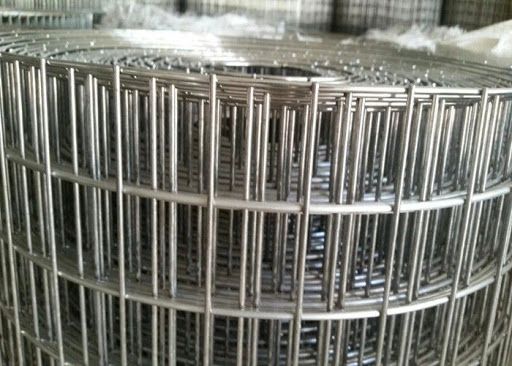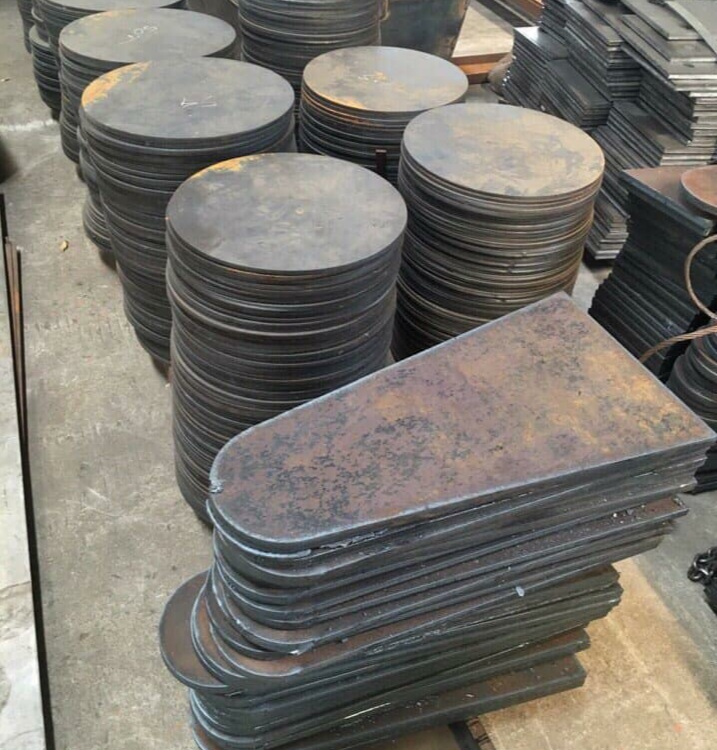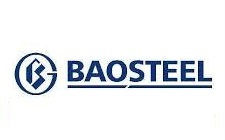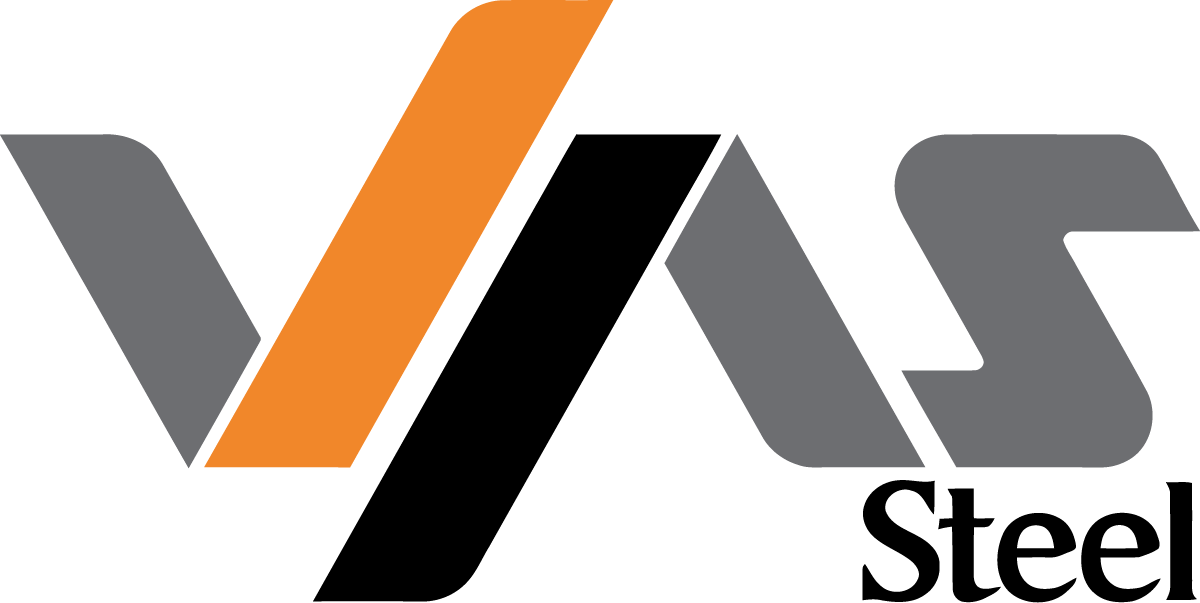Steel grade is a specialized term used to express the strength of steel. In other words, steel grade is the bearing capacity of steel. It indicates the large or small bearing capacity of that steel product.
Popular steel grades on the market today are: SS400, S45C, CT3, Q235,390, CII, CIII, P20, A36, Gr60, Grade460, SD49, (CT51), CIII, SD295, SD390, CB300-V , CB400-V, CB500-V….

WHAT IS STEEL MARKET?
The above parameters are steel grades depending on the steel standard used. Including domestic and foreign standards. Construction steel quality is increasing and competition is fierce in the market. Including domestically produced steel and imported steel. To be able to choose the most suitable steel for each structure, we must choose based on the strength of the steel or the grade of steel.
In fact, each symbol on steel has its own meaning. The designation of a steel grade is associated with the “applied production standard” of that steel. Here are some standards of steel grades that you need to know when choosing construction steel.
Explain the Meaning of Symbols and Indexes of Steel Marks
Steel grades are specified according to national standards. In each country steel standards are regulated differently:
- Vietnam steel grade: TCVN
- American steel grades: AISI / SAE . steel grades standard
- International Organization for Standardization ISO / TS 4949 : 2003
- European Standard – EN 10027
- Japanese steel grades: Japanese Industrial Standard (JIS) and NK standard
- German steel grade: DIN . standard
- China steel grade: GB . standard
- Czech steel grade: CSN . standard
- Russian steel grade: GOST . standard
- Spanish steel grade: UNE . standard
- French steel grade: AFNOR . standard
- Italian steel grade: UNI . standard
- Swedish steel grade: SIS . standard
- Norwegian steel grade: DNV . standard
A steel grade typically represents the specific application, chemical composition and mechanical properties of a product. Below is a table to look up steel grades according to the most common European, Vietnamese and Japanese standards:
STEEL STANDARDS
Understanding and understanding each standard of steel is an important factor to help you distinguish and choose the most suitable and standard steel. Avoid buying fake goods as much as possible, leading to degraded construction quality. And where the steel is manufactured will have to comply with the standards in that region. Below are the standards of steel grades in Vietnam and some countries around the world. Each country has different standards for steel grades.
Steel grades according to Vietnamese standards
According to TCVN 1765 - 75: Steel is denoted by the letter CT, including 3 subgroups A, B, C.
- Group A – ensures mechanical properties. The symbol for this group is CTxx. With xx being the number after. Remove the letter A at the beginning of the steel mark. For example: CT38, CT38n, CT38s are 3 marks with the same σ > 38kG/mm2 or 380MPa. Corresponds to 3 different levels of oxygen reduction. It is still, semi-quiet and boiling equivalent to CT38, CT38n, CT38s.
- Group B – ensures chemical composition. Composition regulation BCT380,14-0.22)C-(0.3-0.65)Mn.
- Group C – ensures mechanical properties and chemical composition.
According to TCVN 1651 – 1:2008 is usually applied to the rebars used to pour reinforced concrete. The steel grades here include: CB300-V, CB400-V, CB500-V, CB600-V. The symbol “CB” stands for the word “concrete reinforcement”, the 3-digit number is the yield strength (for example, the yield limit of CB300-V is 300N/mm2), the letter “V” represents the yield strength. for the word "rebar". Especially in the above steel grades, CB600-V steel grade is not used for welding.
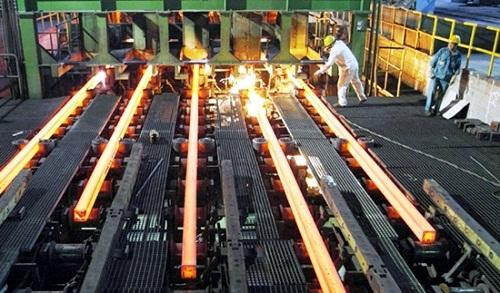
Steel grade according to Japanese standards
We often come to steel grades SD295, SD390, SD490. This is the standard Japanese name. The number after the letter represents the strength of the steel. In engineering, this is called the yield strength of steel. For example, SD240 shows steel with a bearing strength of 240N/mm2.
Steel grades according to Russian standards
Symbols by letters: CT and steel grade numbers from 0 to 6 depend on chemical and mechanical properties. The greater the carbon content in the mixture, the higher the strength of the steel. Then the number of steel marks will be larger.
To rank steel grades according to Russian standards. The corresponding numbers are usually followed by the steel grade. Level 1 is not recorded. In front of the steel mark, write the corresponding steel group A, B, C.
For example, steel grade Y7: Is a quality steel containing 0.7 % carbon, is a silent steel. All tool steels are very good at reducing oxygen.
Steel grade according to American standards
The US is a country with many complex steel standards standards. Has a great influence on many manufacturing industries. The following is the most commonly used system of standards for each type of metallic material.
- Use ASTM (American Society for Testing and Materials). Is the symbol in round numbers (42, 50, 60, 65) indicating the minimum strength with units ksi (1ksi = 1000 psi = 6.8948MPa = 0.703kG/mm2)
- Use SAE (Society for Automotive Engineers). A symbol starting with 9 and the next two numbers indicating the minimum strength in ksi.
HOW TO READ STEEL MARKET
For round rebar
Reading construction steel marks is usually denoted by both letters and numbers. Lowercase letters are SD, Grade, CB. The way these letters are denoted depends on the standards of the mill that produces the steel.
If that factory uses Japanese standards for production, it will be designated as SD. Where S stands for Steel. D stands for Deform. If using a mark according to Vietnamese standards for production, the symbol is CB. “CB” is an acronym for “concrete reinforcement”. If the factory uses a standard from the US or Europe, it is usually denoted Grade. Grade means type. The number on the back shows the strength of the steel.
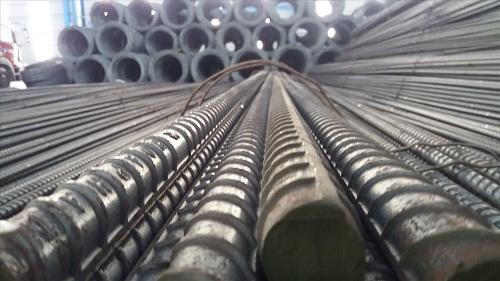
For example 295 means that the bearing strength of the steel grade is 295N/mm2. The meaning is that 1 mm2 of this steel can bear a maximum tensile or compressive strength of 295N, this value will be used to calculate the bearing capacity in each building.
Steel grade will usually be written on the steel rod. The manufacturer will write SD390, CB300, Grade 60. If you buy in bulk from the factory. If you do not buy retail on the market, you will receive a stamp attached. Mounted on a bundle with full details of the steel grade.
For sheet, section and box steel
For this type of steel, the symbols are usually SS400, Q235, Q235A, Q235B, Q345, Q345B. With this type of steel, there will be no markings on steel products. That steel grade will come with papers or we have to cut the sample for testing to know how much that steel grade is worth.
In particular, box steel is one of the most commonly used steel materials today. So the condition of the steel box is not genuine. Poor quality is being sold widely in the market. Therefore, memorizing steel grades is one of the most accurate and effective choosing of box steels.. This will help the process of purchasing and using your construction steel efficiently and with the best quality.
SOME POPULAR STEEL MARKETS
Steel grade SS400
SS400 steel grade is a very popular carbon steel grade manufactured based on Japanese standards – JIS G3101. It can be said that this is the most used type of steel in the construction field, including factory items and pre-engineered steel frame buildings.
The steels for which this steel grade is applied include roll steel, section steel or ordinary steel plate. Accordingly, the characteristics of SS400 steel plate are dark blue and easy to rust. Steel plate is produced by hot rolling at a temperature of 1000 degrees Celsius. With coil steel, it is different, produced by cold rolling at low temperature.
The tensile strength limit of SS400 steel is about 400-510 MPa, equivalent to steel grades CT42, CT51 (Vietnam), CT3 (Russia) or Q235 (China),...
Parameters of SS400 steel:
- Tensile strength: 400-510 Mpa
- Flow strength divided by thickness:
- Less than 16 mm: 245 Mpa
- From 16 – 40 mm: 235 Mpa
- Greater than 40 mm: 215 Mpa
- Relative elongation % divided by thickness
- Less than 25 mm: 20%
- Greater than or equal to 25 mm: 24%
Steel grade C45
C45 steel is a carbon steel with a carbon concentration of about 0.45% in steel (according to Vietnamese standards TCVN 1766-75).
This type of steel is often used to produce products in the construction and mechanical industries such as flywheels, bolts, screws, threaded tyres, etc.
In addition to carbon, C45 steel also contains impurities such as sulfur, silicon, manganese, chromium, nickel, phosphorus, ..
Parameters of C45 steel:
- Breaking strength b (Mpa): 610
- yield strength c (Mpa): 360
- Relative elongation (%): 16
- HRC hardness: 23
Need the most detailed quote for your project, Call us via hotline: 0908076568
Internet
 English
English  Vietnamese
Vietnamese
.jpg)




.jpg)

w300.jpg)
